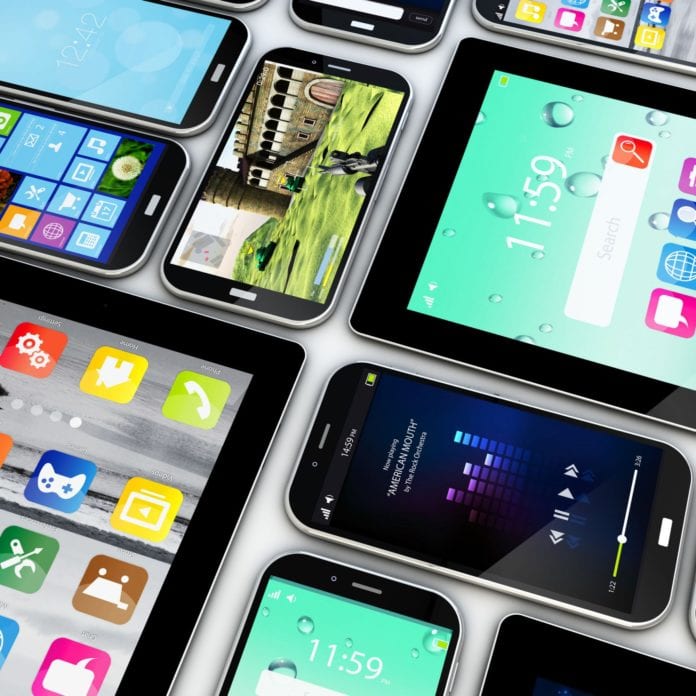In a discussion at Telco Sustainability Forum, BT’s Cyril Pourrat discussed the role of refurbished devices
Increasing a business’ sustainability means taking a holistic approach, and operators are seeing pressures to do so not only from their bottom lines, but also from their customers.
Cyril Pourrat, chief procurement officer, BT Group and head of BT Sourced, outlined some of the strategies that BT is using to bolster its sustainability during a session at this week’s Telco Sustainability Forum.
–Recycling and re-selling legacy network components. As BT invests in expanding its fiber footprint, Pourrat said, it is also working to remove copper cables. With rising global demand for copper and increasing copper prices, the legacy network becomes “almost like a mine,” he added, from which copper cables can be extracted and the material sold and reused in other industries.
Radio and other active equipment in the network can also be refurbished and remarketed to network providers in other parts of the world, he added, extending its useful life.
“It’s super key for us that on the network side—that can be on the copper cables up to the active equipment—that we are taking into consideration the impact that we have on the environment, that making sure that we are refurbishing them or reusing them or reselling them, or treating properly our e-waste,” Pourrat said.
–Having a comprehensive device strategy that leverages the value of refurbished handsets. BT makes it easy for customers to return old devices—they can be dropped off at any post office in the U.K., he said, and they’ll make their way back to BT for refurbishment. The company takes into consideration every aspect of that refurbishment, including the re-packaging of the devices, how or whether user guides are printed, and so on, he said.
While refurbished devices traditionally been of interest to people seeking to spend less on a mobile device, he said that increasingly, there are customers interested in refurbished devices because they don’t need or want the latest features of a flagship phone.
“You see more and more people who are just saying, yeah, I’m really thinking about my impact, and yeah I need a new phone, but a refurbished one will be more than enough for me,” he said. That synergy between BT’s internal policies and an increasing portion of its customer base is a positive direction, he added.

Market analysis has also confirmed the trend that BT is seeing. A report earlier this year by Bonafide Research estimated that the global market for refurbished devices was expected to reach $100 billion by 2029, up from $64.9 billion in 2023—a compound annual growth rate of a healthy 7.8%. Along with offering consumers access to devices with upgraded features at a lower price than new devices, “one of the primary driving forces behind the refurbished phone industry is the increasing awareness of environmental sustainability,” the firm concluded.
–Working with suppliers to align on principals of efficiency and recyclability of products. Pourrat gave the example of a recently introduced Wi-Fi 7 product from BT. The telco worked closely with its suppliers on implementing eco-design principles and thinking through the full lifecycle of the product so that it was in-line with BT’s desired targets.
–Using artificial intelligence to better understand the supply chain, environmental impacts and overall risk. While BT has a number of traditional strategies to better understand its supply chain, including being one of 29 telco members of the Joint Alliance for CSR, which focuses in part on long-term supply chain sustainability, it is also exploring new ones. Pourrat said that while Tier 1 and Tier 2 suppliers may have a good grasp on their own suppliers, they may not know who supplies their suppliers, and so on further upstream.
BT is turning to artificial intelligence tools to help better understand component supply chains and map them to various places in the world where things are produced, according to Pourrat.
In that way, he said, “We are using AI to better understand our supply chain: to better understand … what does it mean in terms of carbon emissions, but we look at … simulating changing climate as well, so that we can really understand the risk which are tied to the extended supply chain.”
Watch Pourrat’s session and more content on-demand at Telco Sustainability Forum.

